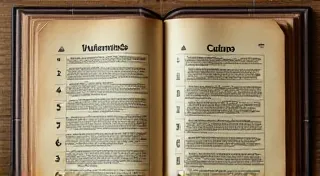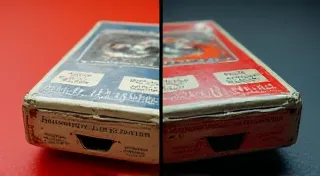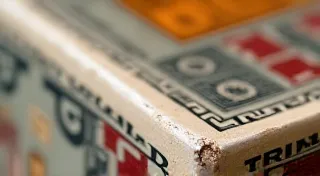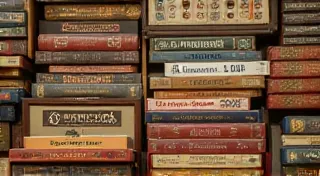Regional Variations: Uncovering the Secrets of Limited-Release Editions
The world of vintage board game collecting is a fascinating one, filled with subtle differences and surprising scarcity. While most collectors focus on first editions and well-known titles, a crucial aspect of truly understanding rarity lies in recognizing regional variations. These limited-release editions, often produced for specific countries or regions, can dramatically impact a game's value and desirability.
What are Regional Variations?
Simply put, regional variations are versions of a board game released to cater to a particular geographic market. These differences aren't always obvious at first glance. They can range from minor adjustments to significant changes in components, rules, or artwork. The reasons behind these variations are varied, including adapting to local language requirements, catering to cultural preferences, or simply the result of licensing agreements.
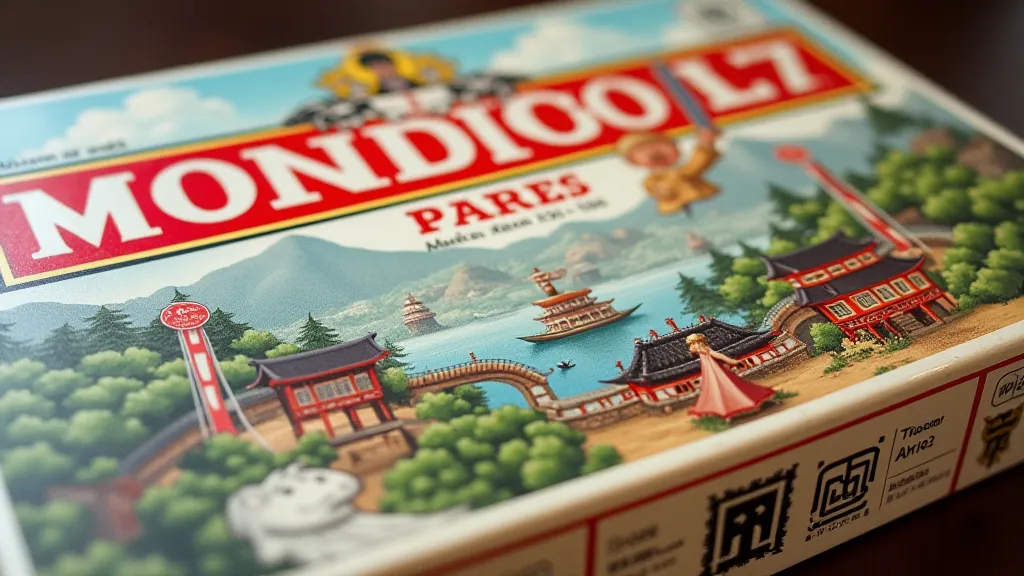
Common Types of Regional Differences
- Language & Artwork: This is the most common variation. Games might be translated into the local language, and the box art or internal illustrations can be adapted to reflect local tastes. For example, a European version of a game might feature different landmarks or cultural references compared to its North American counterpart.
- Component Differences: Sometimes, components like tokens, cards, or the game board itself can be altered. This might be due to sourcing materials locally or adapting the game’s design to fit a different player base.
- Rule Modifications: Though less common, regional variations can include slight rule adjustments to better suit local play styles or cultural norms.
- Box Design and Print Errors: Even seemingly minor differences in the printing of a box can mark a regional edition and significantly increase its value. Look for subtle differences in logo placement, font variations, or slight color shifts.
Why Do Regional Variations Command Premium Prices?
Several factors contribute to the higher value of regional variations:
- Limited Production Runs: Regional editions are often produced in much smaller quantities than their global counterparts. This scarcity inherently drives up their value.
- Collector Appeal: Dedicated game collectors often seek out regional variations to complete their collections or to showcase the unique cultural adaptations of their favorite games.
- Rarity & Discoverability: Many regional editions were never widely distributed outside their intended market, making them exceptionally difficult to find.
Examples of Valuable Regional Variations
Here are a few examples to illustrate the impact of regional variations:
- Monopoly: Early Japanese and European Monopoly editions are highly sought after, often commanding hundreds or even thousands of dollars depending on condition and rarity.
- Clue (Cluedo): Variations with distinctive box art, different token designs, or unique character names (in different languages) can be quite valuable.
- Scrabble: Certain Scrabble editions printed for specific European countries, particularly those with unique box art or tile designs, can be quite rare.
- Risk: Similar to Monopoly, international editions of Risk, especially those with unique map designs or rule adaptations, attract collectors.
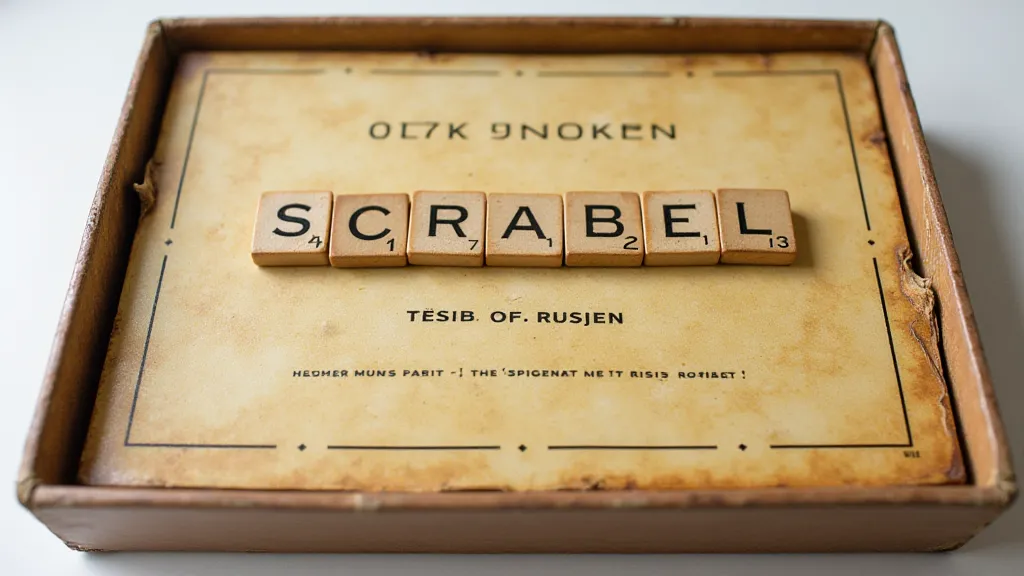
Identifying and Valuing Regional Variations
Accurately identifying and valuing regional variations requires careful observation and research. Here are some tips:
- Examine the Box Carefully: Pay close attention to any foreign language text, unique artwork, or subtle differences in design.
- Inspect the Components: Compare the components to known versions of the game. Look for differences in tokens, cards, or the game board.
- Research Online Resources: Utilize online forums, collector communities, and auction sites to compare your game to known regional variations.
- Consult with Experts: If you're unsure about a game's origin or value, seek advice from experienced board game collectors or appraisers.
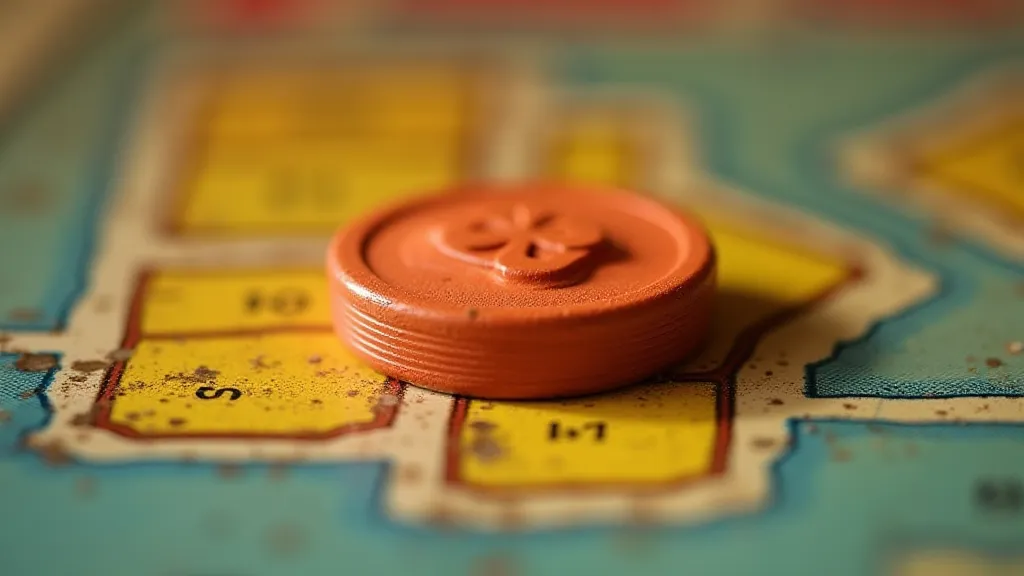
Understanding regional variations is essential for any serious vintage board game collector. By recognizing these subtle differences, you can unlock a deeper appreciation for the rich history of this beloved hobby and potentially uncover hidden treasures.
